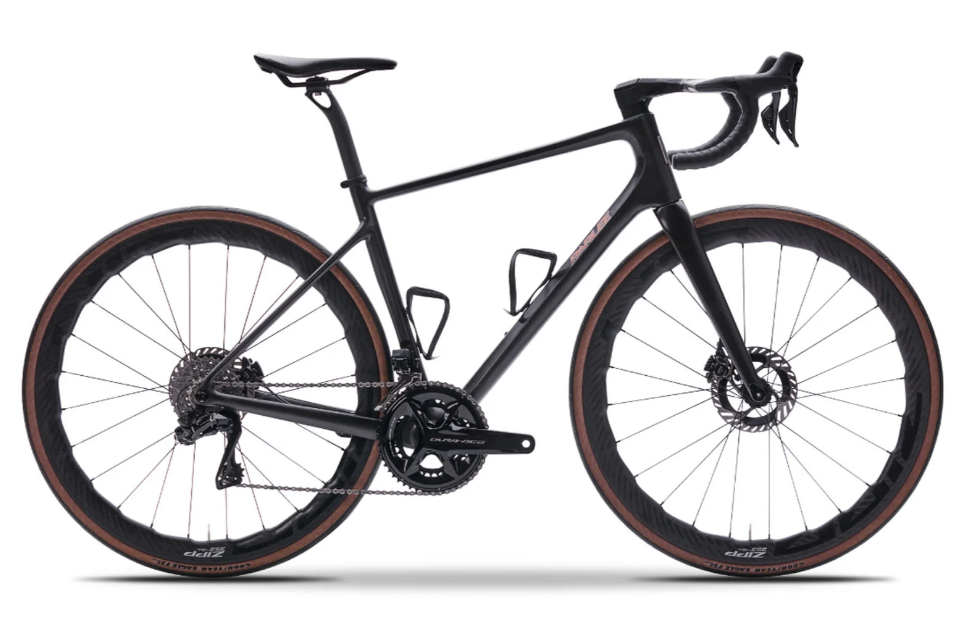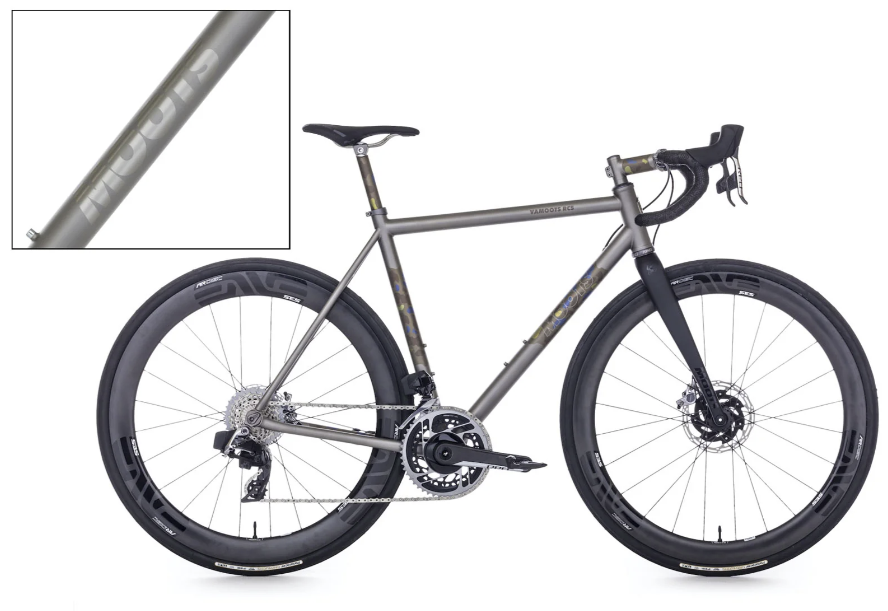All-road bikes have emerged as a popular choice for cyclists seeking a versatile, high-performance machine capable of handling a variety of terrains. Whether tackling smooth tarmac, gravel paths, or rugged trails, all-road bikes are designed to provide an exceptional riding experience. This article explores the concept of all-road bikes, their technological advancements, key features, and why they are becoming a preferred option for many cyclists.
Understanding All-Road Bikes
All-road bikes, also known as adventure bikes or gravel bikes, are designed to be versatile and adaptable. Unlike traditional road bikes, which are optimized for speed and efficiency on paved surfaces, all-road bikes are built to handle a wider range of conditions. They combine elements of road, cyclocross, and mountain bikes, resulting in a hybrid that excels in various environments.
The primary appeal of all-road bikes lies in their ability to transition seamlessly between different types of terrain. This makes them ideal for riders who enjoy exploring diverse routes without being limited by their bike’s capabilities. Whether you’re commuting through the city, embarking on a weekend adventure, or participating in a gravel race, an all-road bike can handle it all.
Key Features of All-Road Bikes
Frame Design and Geometry
All-road bikes feature a frame design and geometry that strikes a balance between stability and agility. The frames are typically made from lightweight materials such as aluminum, carbon fiber, or steel, each offering unique benefits. Carbon fiber frames, for instance, provide excellent stiffness and vibration dampening, while steel frames are known for their durability and smooth ride quality.
The geometry of all-road bikes tends to be more relaxed than that of traditional road bikes. This includes a slightly taller head tube and a longer wheelbase, providing a more upright riding position and enhanced stability. This design ensures comfort during long rides and better control on rough terrains.
Tire Clearance
One of the defining features of all-road bikes is their ample tire clearance. These bikes can accommodate wider tires, typically ranging from 32mm to 50mm or more. Wider tires offer better traction and comfort, especially on uneven surfaces. They also allow riders to adjust tire pressure based on the terrain, with lower pressures providing more grip and cushioning on rough trails.
Versatile Components
All-road bikes are equipped with components that enhance their versatility. Many models come with disc brakes, which offer superior stopping power and control in all weather conditions compared to traditional rim brakes. This is particularly beneficial when riding on wet or loose surfaces.
Gearing on all-road bikes is also designed for adaptability. They often feature wide-range cassettes and compact cranksets, allowing riders to tackle steep climbs and fast descents with ease. Some models include a 1x drivetrain, simplifying gear selection and reducing maintenance.
Mounts and Accessories
To cater to the adventurous spirit of all-road cycling, these bikes often come with multiple mounts for racks, fenders, and bottle cages. This allows riders to carry additional gear for long-distance tours, bikepacking trips, or daily commuting. The inclusion of mounts enhances the bike’s functionality and makes it suitable for a wide range of activities.
Technological Advancements
Advancements in technology have significantly contributed to the evolution of all-road bikes. Modern materials and manufacturing techniques have led to lighter, stronger, and more comfortable frames. Innovations such as tubeless tires, which reduce the risk of punctures and improve ride quality, have become standard in the all-road bike market.
Electronic shifting systems, previously reserved for high-end road bikes, are now available on some all-road models. These systems provide precise and reliable gear changes, enhancing the overall riding experience. Additionally, the integration of smart bike technology, such as GPS and power meters, allows riders to track their performance and navigate new routes with ease.

Popular All-Road Bike Models
Specialized Diverge
The Specialized Diverge is a standout in the all-road category, offering a versatile design that excels on both paved roads and gravel trails. Its Future Shock suspension system provides comfort and control on rough surfaces, while the lightweight carbon frame ensures responsive handling.
Trek Checkpoint
The Trek Checkpoint is designed for adventure, featuring a robust frame, ample tire clearance, and a range of mounts for carrying gear. Its stability and comfort make it an excellent choice for long-distance rides and bikepacking trips.
Giant Revolt
The Giant Revolt combines performance and versatility, with a lightweight aluminum frame, wide tire clearance, and disc brakes. It’s designed to handle everything from fast gravel races to leisurely weekend explorations.
Conclusion
All-road bikes represent the epitome of versatility in cycling, offering riders the freedom to explore a wide range of terrains without compromising performance. With their innovative designs, advanced materials, and adaptable components, these bikes are perfect for cyclists who crave adventure and flexibility. Whether navigating city streets, conquering gravel paths, or embarking on long-distance tours, all-road bikes provide an exceptional riding experience that caters to a variety of cycling needs.

